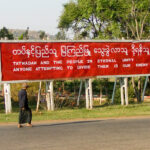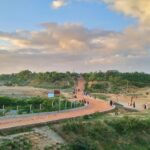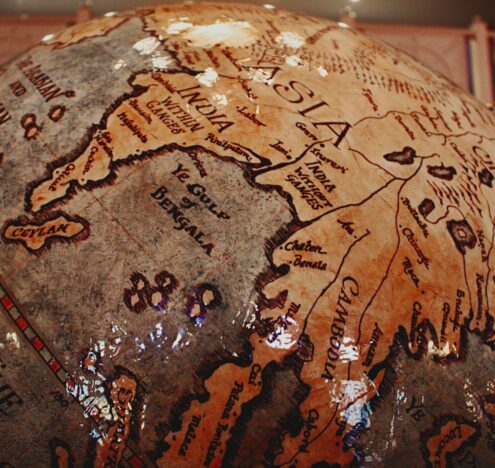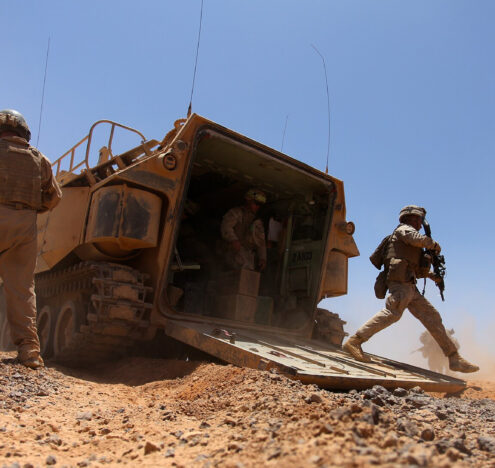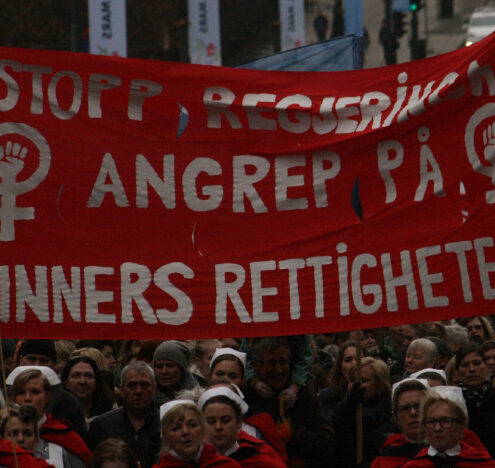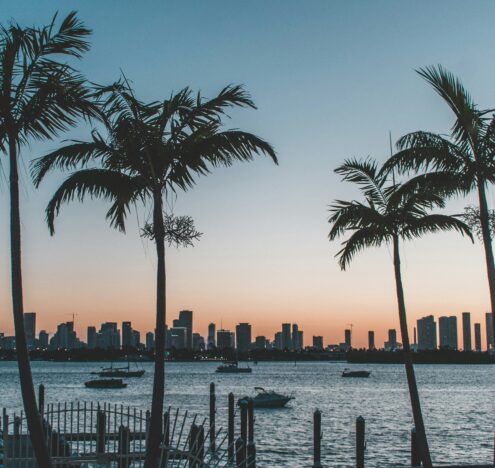This analysis was featured in Critical State, a weekly newsletter from Inkstick Media and The World. Subscribe here.
Nuclear war is an atmospheric science. The tremendous amount of energy released from splitting an atom, either fission alone or fission plus fusion, sucks the ground into the sky and scatters windborne fallout across a vast area.
In “Radioactive Fallout and Potential Fatalities from Nuclear Attacks on China’s New Missile Silo Fields,” authors Sébastien Philippe and Ivan Stepanov examine the specific likelihood of airborne harm in a potential nuclear attack against China’s new intercontinental ballistic missile silo fields.
“While silos are typically located in areas with low population density, previous studies have shown that the fallout resulting from a nuclear attack on these sites can travel hundreds of kilometers putting nearby population centers at risk of receiving lethal doses of radiation,” the authors pointed out.
The term for people caught in fallout far from the blast is “downwinders,” and they’ve existed since the aftermath of the first atomic detonation at the Trinity Site in New Mexico on Jul. 16, 1945.
Specifically, they walk through a scenario where each of the 370 silos in China is targeted by two warheads, about 300 kilotons of TNT in explosive force. A 300 KT weapon would match the B-61 bombs in the US inventory, the lowest-yield US nukes available. Each of those explosions would also be 20 times more powerful than Little Boy, the 15 KT bomb the US dropped on Hiroshima on Aug. 6, 1945. They would also be 15 times more powerful than Fat Man, the 20 KT bomb the US dropped on Nagasaki on Aug. 9, 1945.
“We find that counterforce attacks on the Yumen, Hami, and Ordos silo fields will put millions of Chinese at risk of lethal doses of radiation,” the authors write. “Our results show that an attack on the Ordos missile silo field located ∼700 km west of Beijing could deliver a lethal dose of radiation to the inhabitants of the Chinese capital should high altitude winds blow toward the east as they typically do in wintertime.”
The term for people caught in fallout far from the blast is “downwinders,” and they’ve existed since the aftermath of the first atomic detonation at the Trinity Site in New Mexico on Jul. 16, 1945.
“About 80 percent of the initial activity is located within the cloud top (from 8 to 15-km altitude) at an altitude where winds are dominated by fast-flowing air currents (jet streams) blowing toward the east,” the authors explained. Those winds are frequent, “and can carry radionuclides over hundreds of kilometers toward densely populated areas in less than two days.”
Given the opportunity to shelter, and assuming only a nuclear attack against the silo locations, some residents would be able to avoid the worst of the effects. With this, the authors produced an estimate of 4.6 million deaths, give or take 2.1 million, just from the targeting of the silos. Remove the option for protection from the equation, and the attacks kill 18 million, with a range of 9.1 million in either direction.
As the authors concluded, “Our findings confirm the grave risks associated with siting and attacking large silo fields upwind from densely populated areas and should prompt policymakers to re-evaluate the prudence of such decisions.”


